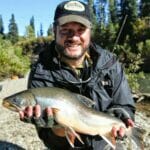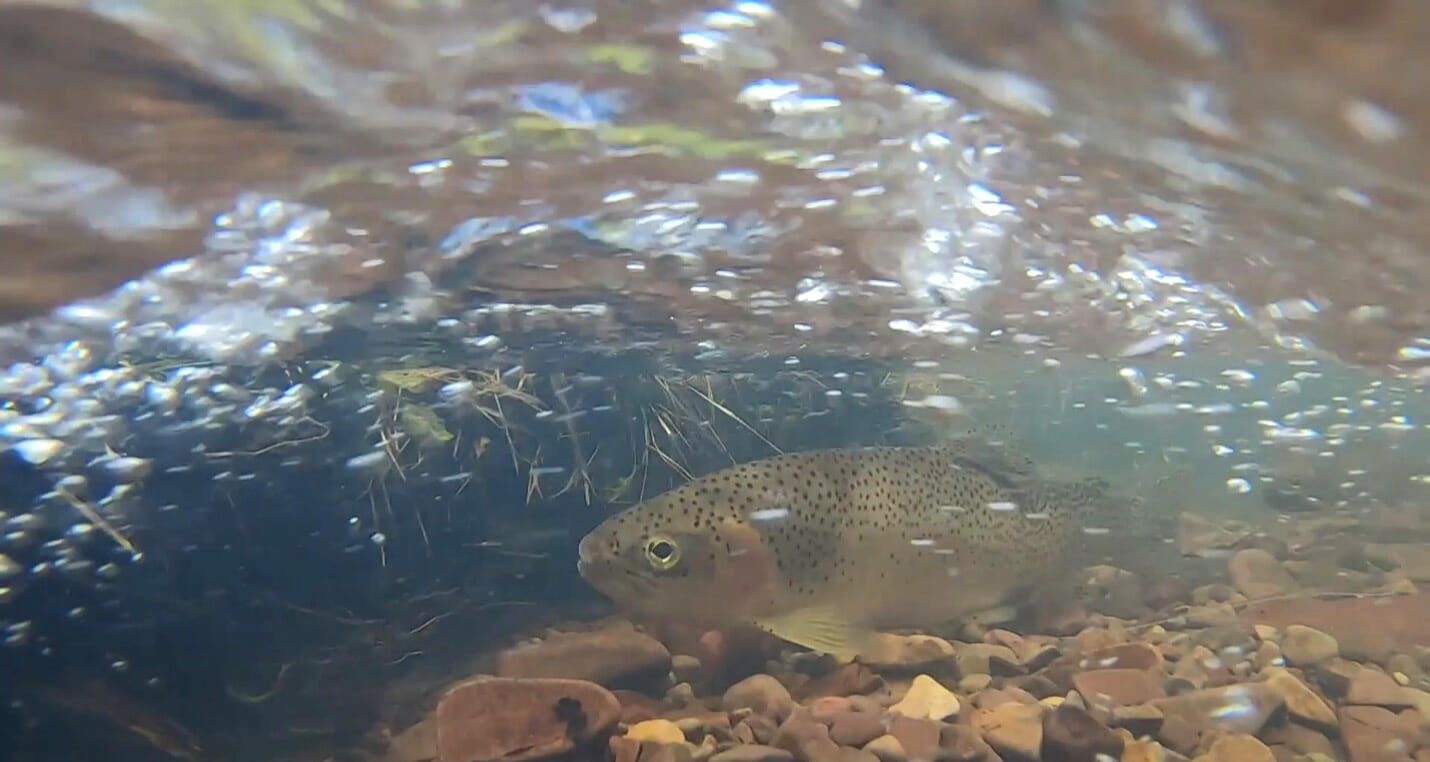Last year it was Larry who wowed the crowd with his 140 mile swim. This year, Trash Can Jr. is in the lead, migrating nearly 50 miles to date.
But the real question is what the heck is going on with Wesley Cooper Saywell Farty Pants?
It’s the 4th and final year for the Race Up Rock Creek- a fundraiser for the renowned Rock Creek fishery and restoration program in western Montana. Rock Creek is a popular trout fishing destination with more than 50 miles of high-quality and roadside public access to excellent fishing opportunities. Since Montana no longer stocks any of its rivers, it is healthy populations of wild rainbow trout, brown trout and native westslope cutthroat and bull trout that give Rock Creek its “Blue-Ribbon Trout Stream” designation.
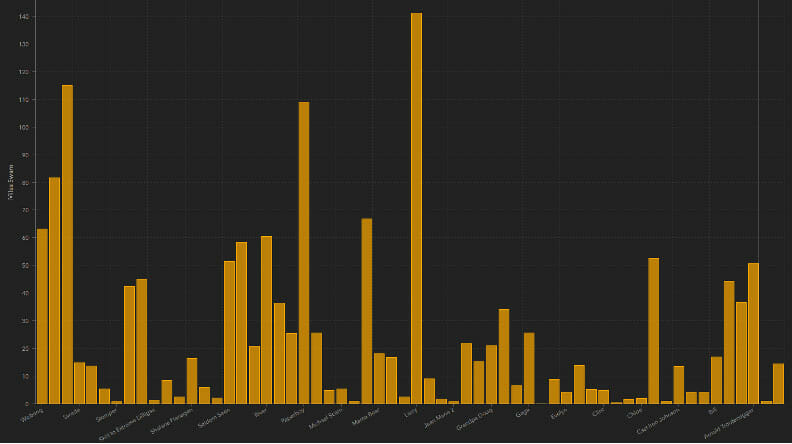
Migration distance traveled by fish contestants of the 2020 Race Up Rock Creek.
Each year for the study, about 60 mature rainbow and cutthroat trout are tagged with radio-transmitters and tracked via their individual radio-tag signals by biologists as they swim upstream to spawn in the spring and find summering habitat later in the year.
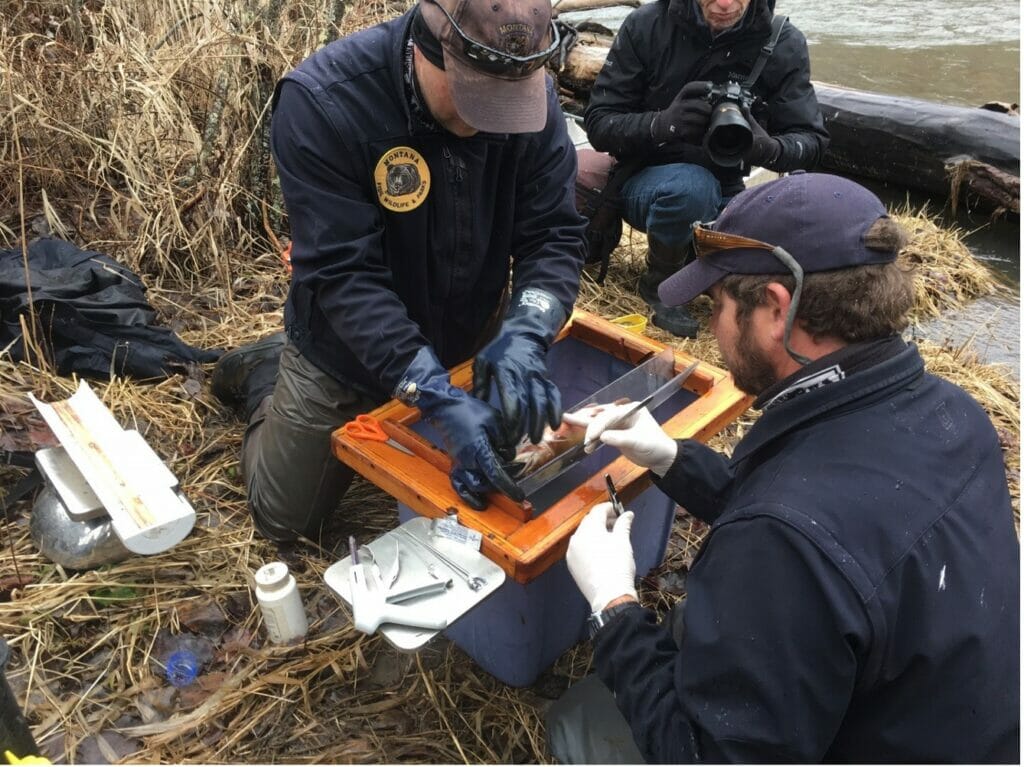
Trout Unlimited’s Race Up Rock Creek dashboard (below) displays real-time data of the trout spawning migrations and summertime movement and calculates how many miles are traveled by each fish along the way. With a $50 donation you can sponsor and name your fish. If your fish swims the most miles, you win a $150 gift card to Missoulian Angler Fly Shop (shop online or in-person).
“My in-laws own land on Rock Creek, and I spend a lot of time over there. It’s so important to work hard to keep “Rock Creek the way it was”. The race up rock creek can help us do that by identifying traditional travel and spawning routes that should be protected. Our fish is Kona. Named after our family lab, an amazing swimmer and jumper.”
Mike peterson, annual sponsor and westslope chapter member
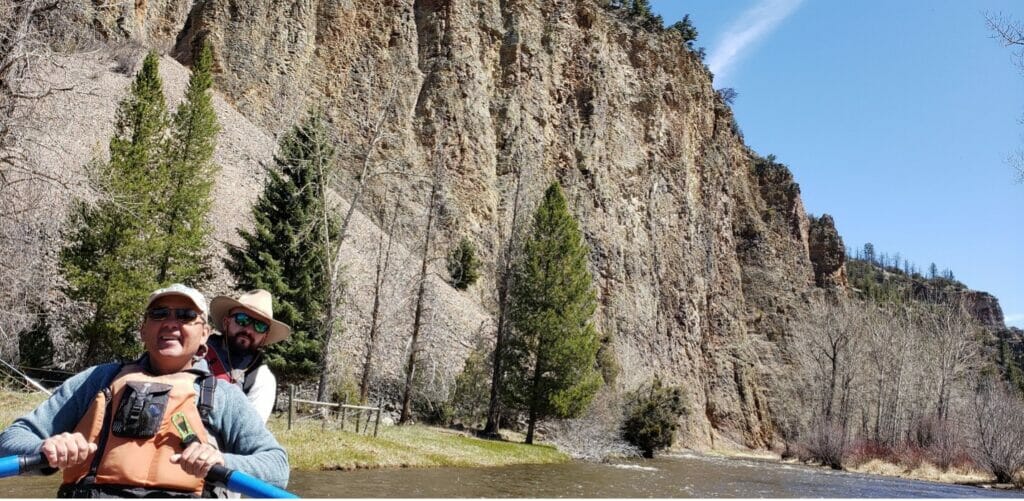
Mike Peterson on an early season row on Rock Creek
How is this fish tracking information useful for making conservation decisions and what have we learned in past years?
- Informs Fisheries Managers about native fish conservation methods and identifies most-used tributary habitats that are important to protect.
“We have learned quite a bit about the Rock Creek fishery over the past three years. We’ve seen Westslope Cutthroat Trout travel over 100 miles from their winter habitat to their spawning grounds and back. So big, connected habitats are important. Our tracking also revealed that one single tributary produces nearly 50 percent of the migratory Westslope Cutthroat Trout in Rock Creek. We also identified some historically overlooked tributaries that produce migratory fish. Much like a stock portfolio, we need to conserve a diverse range of tributaries in order to maintain a stable migratory population. This research not only helps direct conservation efforts and management but highlights the importance of diverse life histories for the future of native trout species.
Hybridization with Rainbow Trout is the number one threat to Westslope Cutthroat Trout in Montana. This year most of our tracking is focused on Rainbow Trout and Westslope-Rainbow hybrids to look for places where hybridization may still be occurring and more importantly where it is not. Finding natural resistance to hybridization on the landscape is important when identifying future Westslope Cutthroat Trout strongholds”
– Rock Creek fisheries technician/graduate research student
- Helps TU Identify Conservation Projects
- Three instream barriers to migration identified and removed by TU to reconnect two tributaries and 15 miles of spawning habitat for trout
- Causes of trout mortality identified: Fish screen to prevent fish from entering an irrigation ditch was installed on a large ditch that was found to entrain and kill fish


